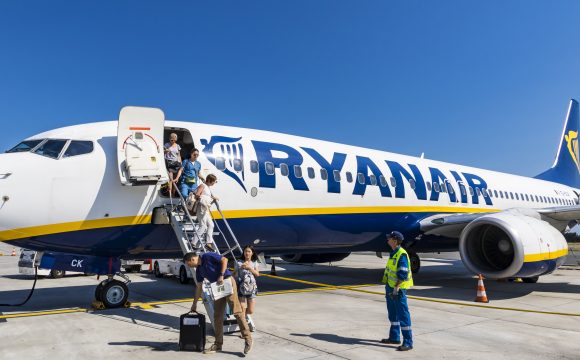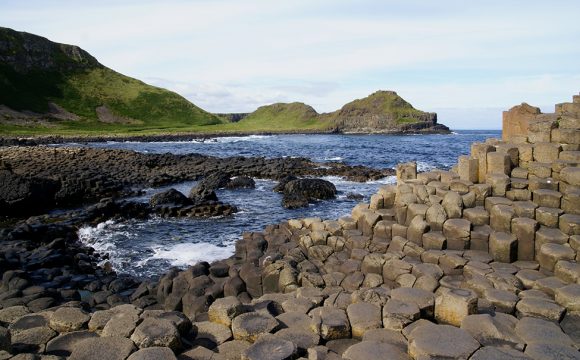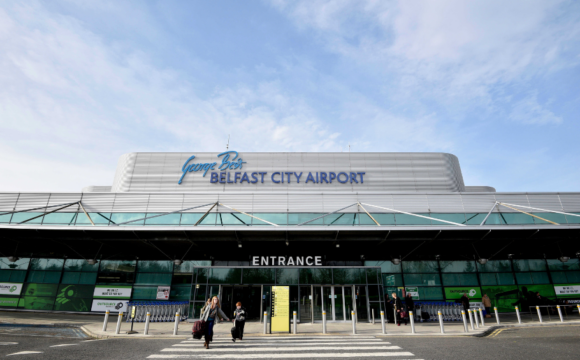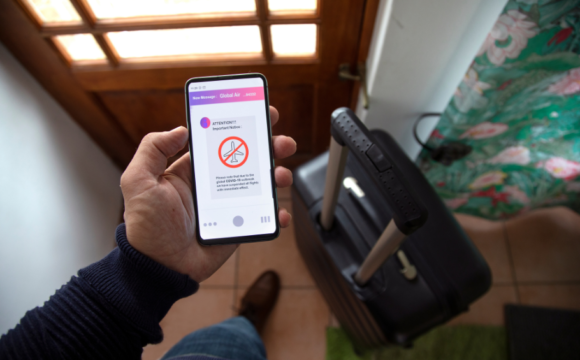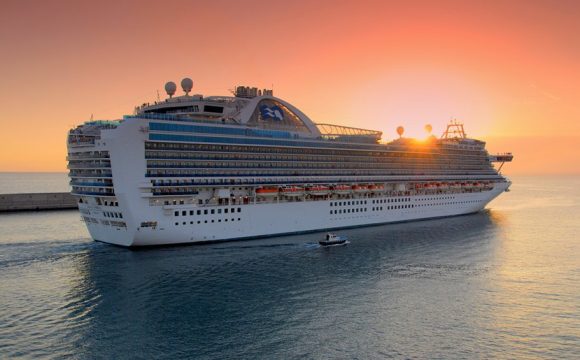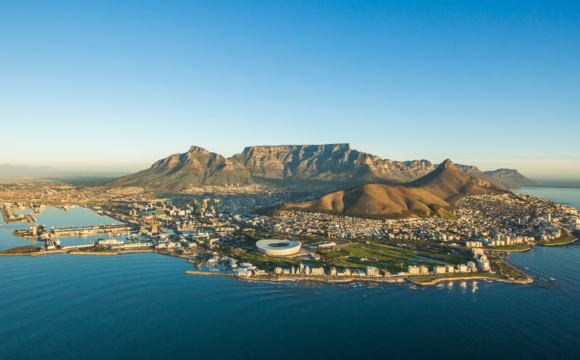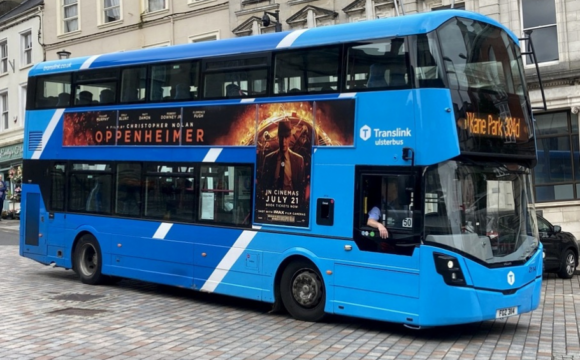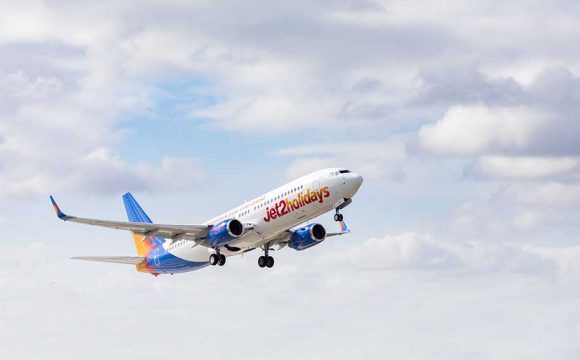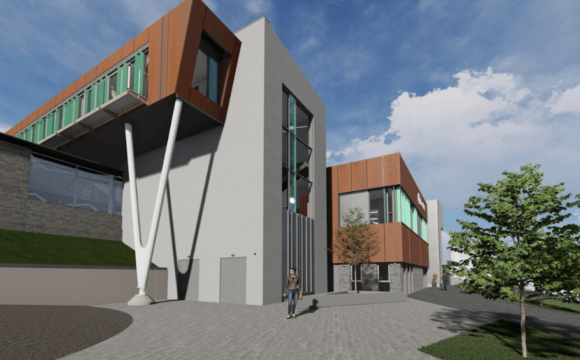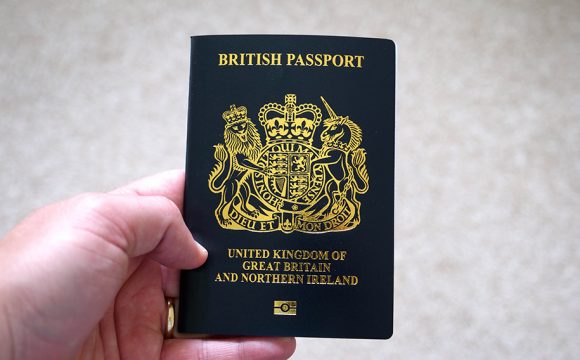South Korea is a fascinating unique and industrious place – it is perhaps the modern day version of the UK of the early 20th century when ‘Made in Britain’ was a trademark which dominated the world.
However as a nation it is just as famous for dominating international brands such as Samsung, as it is for its relationship with the communist dictatorship of North Korea and the Cold War-style tensions that exist between the two.
THE DMZ
Less than an hours drive from Seoul, South Korea’s capital, is the DMZ, (Demilitarized Zone), a two and a half mile wide strip of cleared land running 160 miles across the Korean Peninsula marking the border with North Korea.
This is the result of the Korean War ceasefire in 1953 marking the end of hostilities between the communist forces of North Korea and China backed by the Soviet Union, and the capitalist South Koreans backed by the United Nations featuring armies from the United States, Britain, and many more.
Any attempt by anyone to cross the DMZ would almost certainly result in them being shot dead. Now this might sound a bit grim, but typically the enterprising South Koreans have turned the DMZ into a major unique top tourist attraction and one not to miss.
As well as high observation points from where to look over into North Korea, there are museums dedicated to the horrors and history of the Korean War, and rides deep underground into the tunnels the North Korean’s dug under the DMZ in the direction of Seoul through which they were planning to send thousands of invading troops – until they were discovered by the South!
However the real highlight is a visit to the Joint Security Area (JSA), a small section of the DMZ, where the two sides can meet at Conference Row, in a number of large blue huts standing half in North Korea and half in South Korea.
Within soldiers from both sides stand guard and in the middle there is a table where one side is in North Korea and the other is in South Korea where the meetings between officials from the two sides at times take place.
Here it is possible for tourists to actually walk around this table from South Korea to North Korea and take photos of and with the stone-faced motionless guards – for a strictly controlled two minutes.
There are also strict codes on conduct and dress to follow, and photography restrictions for all entering into the JSA and all visitors must present their passports. All tours must be booked at least two days in advance and cost around £50.00.
SEOUL
Seoul is not just made up of towering modern high-tech buildings dissected by broad thoroughfares reflecting South Korea’s huge economic success.
There are also many fascinating low rise older districts offering fabulous shopping, dining, and nightlife opportunities, such as Myeongdong, where Korean cosmetic brands like Skin Food, The Face Shop and Etude House can be found alongside family restaurants serving Korean specialities.
Delicious Seoul street food is to be found everywhere, but perhaps there is no bigger choice of options than at the old Gwangjang Market, where every kind of food imaginable is served to appreciative hungry crowds at countless stalls each day.
Colourful, bustling, the noise of activity filling the ears, to Western eyes seemingly chaotic, the faces of the predominately female stall holders full of character reflecting years of hard work, glow in the light from gas burners as they stir large steaming pots.
GYEONGBOKGUNG PALACE & BUKCHON VILLAGE
A spectacular relic in Seoul from the times when Korean Royalty ruled is the Gyeongbokgung Palace meaning Palace of Shining Happiness. A brief glance at Korean history shows the interference suffered from their powerful neighbours Japan, who most recently ruled here from 1910 until 1945, and abused the Korean people in a way that still angers many of the population today.
During a previous Japanese occupation from 1592 to 1598, the original Gyeongbokgung Palace as destroyed by fire, however later all 7,700 rooms were later fully restored by the Korean – King Gojong.
Close by is Bukchon Village where old traditional wooden houses in a style known as Hanok, situated around a warren of steep narrow winding streets, reflect 600 years of Korean history dating back to the Joseon Dynasty.
Here also the traditional Hanok dress originated, which for many symbolises the old Korea, and it is possible to hire such a costume so as to visit the Gyeongbokgung Palace in style as (please see picture) this writer did!
TAKING THE SEOUL TRAIN TO BUSAN AND THE SOUTH
South Korea boasts a first rate high speed rail service, which I was told by a fellow traveller was, “acquired from France who promised to return priceless ancient Korean treasures held in French museums in return for the rail contract, now several years on we Koreans are still waiting”!
From central Seoul for as little as £50.00 return on the KTX Train, with free WiFi, one can travel 325 kilometres in less than three hours to a different and noticeably warmer South Korea on the Sea of Japan.
Here lies Busan, one of the world’s largest ports, where forests of high-rise buildings meet the coast creating a spectacular seascape. With 3.8 million people Busan has around one third the population of Seoul and it is from here that most of the famous South Korean brands leave to their waiting markets around the globe.
For Koreans though Busan has associations with something most important in their daily lives – the consuming of seafood – in all shapes and forms. Many tons are landed daily at Jagalchi Fish Market, fresh from the Sea of Japan.
This was one of my most fascinating market experiences in 23 years of travel writing, large trawlers deliver an ocean of sea food on to the dockside where an army of women sitting on low stools sort out the catches.
Within minutes an array of different types of fish, squid, octopus, crabs and shell fish, are ready for sale, or are being kept alive and fresh in a thousand tanks at hundreds of market stalls.
As with Gwangjang Market in Seoul, the majority of the Jagalchi Market workers are women of character made hard by the nature of their work.
UNITED NATIONS KOREAN WAR MEMORIAL CEMETERY
At one stage early in the Korean War (1950 – 1953) the forces of the North seemed certain to win having taken nearly all of the Korean peninsula, only Busan and the surrounding area remained in the hands of the South Korean Army.
This was when the United States Army and many more from members of the United Nations came to the South Korean’s assistance, and the rest is a most interesting episode in recent history.
A short drive from central Busan is the United Nations Korean War Memorial Cemetery, where over 1,000 British dead lie buried alongside soldiers from European, African, and Asian nations, as well as those from the United States, who also made the ultimate sacrifice.
To see young men aged just 19 lying so far from their homelands in this distant Far Eastern field was quite moving, but perhaps no more so when I discovered that the widow of one British soldier chose to be laid to rest with her husband 61 years after his passing in this South Korean field.
KOREAN CUSINE
Very much a group activity, apart from individual bowls of rice, everything else is shared including a wealth of side dishes with rich and intriguing flavours, some featuring fish, others vegetables and chilli.
My favourite was Bulgogi (Fire Meat) or Korean BBQ, where on table top charcoal grills diners grill their own good Korean beef steaks, which are then usually wrapped in green leaves with a choice of side dish or rice.
Chijimi, a savoury pancake with a variety of ingredients including seafood was another highlight as was Kimchi featuring everything from seafood to cabbage with a range of spice level, and Bibimbap – a bowl of rice topped with meat vegetables, red pepper paste and egg.
All this is usually washed down with Korean beers light and refreshing in style or with Makgelloi – Korean rice wine, sometimes at night this is mixed with beer in one glass to form a very interesting cocktail.


